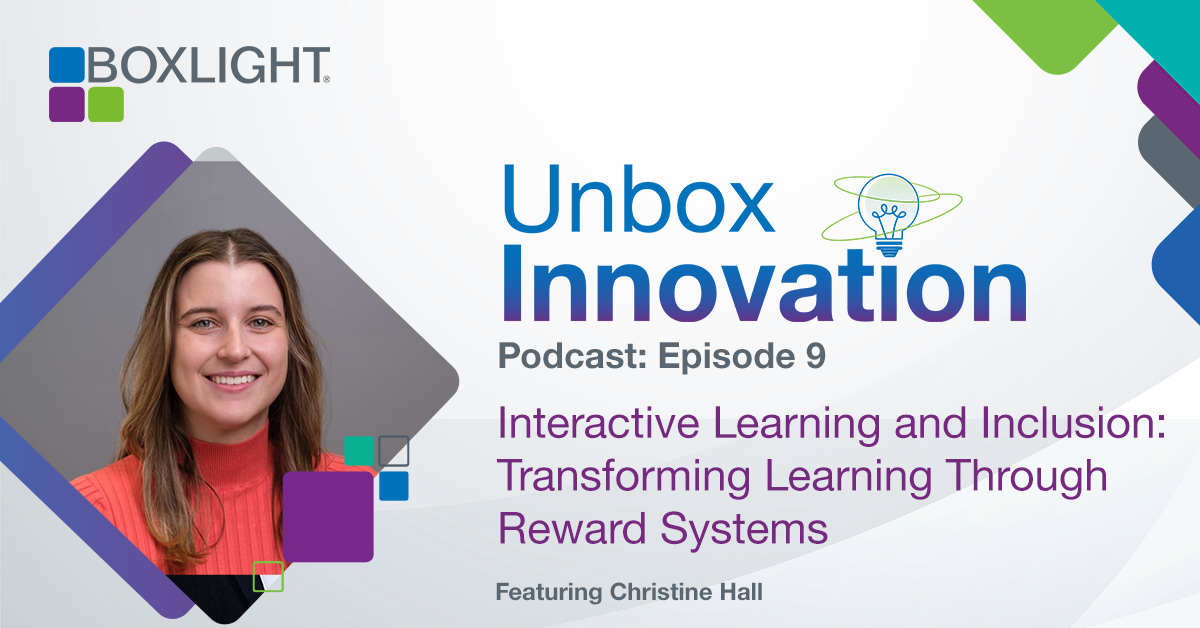Interactive technologies like gamification, virtual reality (VR), and augmented reality (AR) are reshaping classrooms, offering immersive and engaging learning experiences. These advancements have a profound impact on educational outcomes, with studies showing that gamified learning increases student engagement and retention.
As educators aim to equip students for a technology-driven future, the stakes are high. How can teachers leverage these interactive technologies to foster inclusion and enhance classroom learning? In this episode of Unbox Innovation by Boxlight, host Amy Chodroff interviews Christine Hall, a professional development specialist and former educator, to discuss the innovative use of interactive technologies in education. Explore how gamification, VR, and AR can make learning more engaging and inclusive.
Key Points of Discussion:
Gamification in Education: Christine explains how incorporating game-like elements such as reward systems, storytelling, and role-playing can transform traditional rote learning into dynamic and memorable experiences.
Virtual Reality (VR) and Augmented Reality (AR): The conversation covers the differences between VR and AR, their applications in the classroom, and how they can provide immersive learning experiences that go beyond the limits of traditional teaching methods.
Challenges and Future Trends: Christine addresses potential downsides, such as the risk of students focusing too much on rewards and discusses the future of interactive learning methods and technologies, envisioning more adaptable and lighter tools that could revolutionize education.
